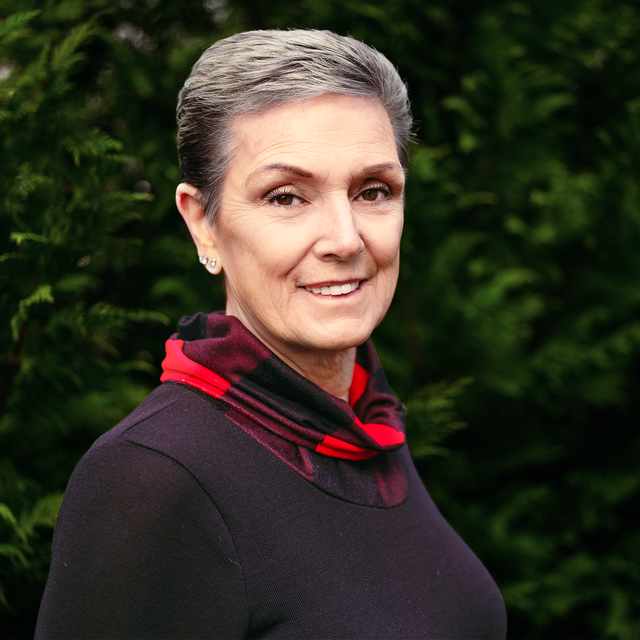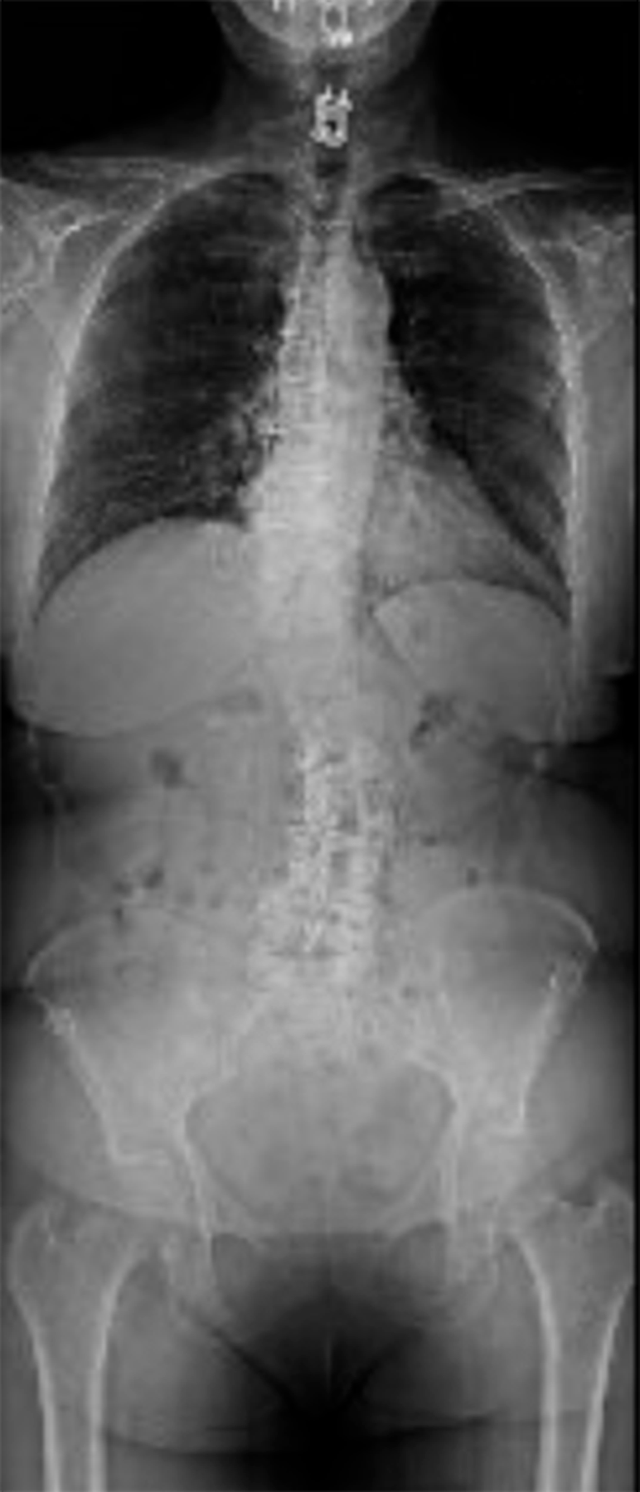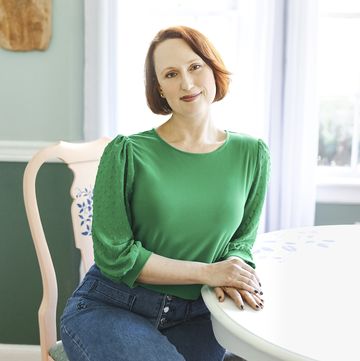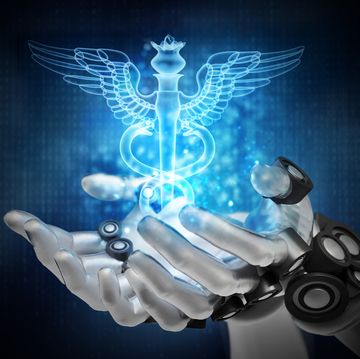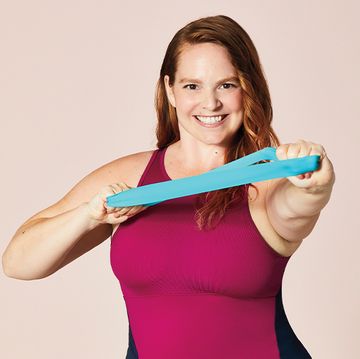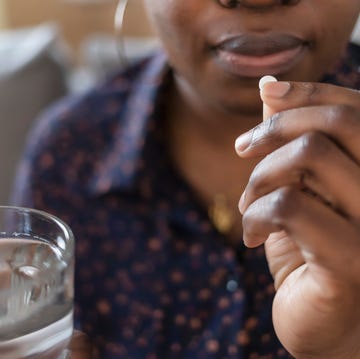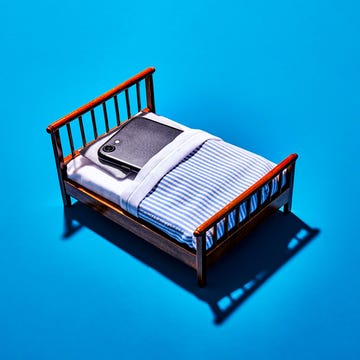By the time I reached my 60s, I’d seen a world of pain: first fused spinal discs, then a fractured skull after a dolly whacked me in the face during a shift as a UPS worker. (That took me a year and a half of rehab to recover from.) Later I had a hysterectomy and other operations related to my skull. But none of that was as bad as the pain in my leg.
It started about 10 years ago, an ungodly pressure in my lower back that ran down my right leg into my foot. And it never shut off. I saw doctors all over New Jersey, where I live, and specialists in other states. All they could offer me were painkillers.
By 2019, I was taking four Percocets a day plus a relatively new narcotic called Belbuca. It’s a slow-release pain blocker, like what you get under anesthesia, that I’d stick between my cheek and gums twice a day. Still, it was difficult to do anything. I hardly slept, tossing and turning to find an angle at which I could breathe, and I’d wake up with raging pain again. I felt I had no choice but to learn to incorporate it into my life.
The greatest gift
Not until recovery from a knee replacement in 2019 did my circumstances begin to change. My first physical therapy appointment was so painful that I told my orthopedic surgeon, Thomas Dwyer, M.D., about it. He found that the source of this pain wasn’t my knee but instead my back, and he told me to see Rahul Shah, M.D., an orthopedic neck and spine surgeon.
I’d heard of him before but, feeling dejected, said, “Dr. Shah doesn’t take my insurance.” Dr. Dwyer looked at me and went, “Well, he does now.” He walked me out front and told the receptionist, “I want you to make an appointment for Jacquelin with Dr. Shah. And whatever her insurance doesn’t pay, we’ll take care of it.” That changed my life. (Happily, by the time he worked his magic, Dr. Shah was in my insurance network.)
A diagnosis and a decision
At my first visit, Dr. Shah scared the living daylights out of me. He diagnosed me with severe scoliosis and explained how my spine was twisting around itself. Unlike in more moderate cases, my curvature grew worse when I tried to stand up and go about daily life.
To fix it, I needed a two-day surgery. First the surgical team would open me up from the front and move my organs to prep my spine. The following day, they would measure all my nerve signals in real time, widening their pathways and then placing various rods and screws into my discs and pelvis—all without pinching off additional nerve channels. Dr. Shah explained the risks, including a great potential for blood loss. But if the surgery was successful, he said, I’d be pain-free.
When we got home, I confessed to my husband, “I’m mentally and physically exhausted. I don’t know if I can do this.” But 10 minutes later, I walked back over to him and said, “Am I crazy? Dr. Shah is giving me this opportunity, and I’m going to take it.”
Yet first I’d have to endure another battle: I learned that I couldn’t have the surgery while I was on Belbuca. Because the drug essentially lies to the brain—telling it that there is no pain—the surgeons wouldn’t be able to measure my nerve signals properly if I was on it. So I spent five days going through severe withdrawal from all my painkillers. It was agony. Your body is constantly moving when you go through withdrawal. My heart was racing a mile a minute; my stomach was clenching up. I couldn’t wait to be put under anesthesia. It was like, Just shut this off!
My new life
I came out of surgery and it was as if my old life had disappeared. I literally had zero pain. They got me up, and with a walker I circled the recovery room twice. I was in the hospital for a week, followed by rehab and six months with a brace and my walker.
Now it’s been a little more than a year, and I’m finally getting used to the idea that I can do laundry or get something out of the oven and the pain won’t roar back. Beyond the lifting of the physical burden of scoliosis, the psychological burden has been removed. I no longer feel the fear.
This article originally appeared in the April 2021 issue of Prevention.
